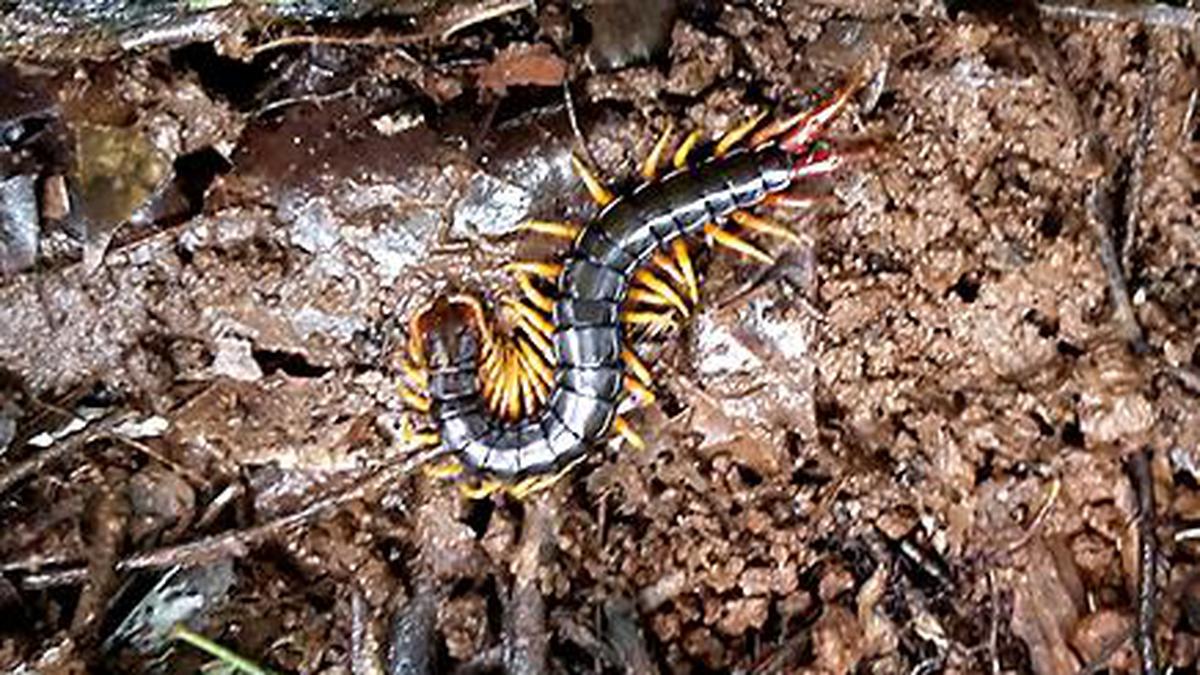
Genetic diversity depends on species with larger body sizes, mother care: CCMB scientists
The Hindu
Genetic diversity is a measure of differences in DNA mutations between individuals of a species. These differences shape how they respond to environmental variability, and are known to influence species diversity.
CSIR-Centre for Cellular & Molecular Biology (CCMB) scientists, in their latest study, found that genetic diversity decreases in species with larger body sizes, and is higher for species where the mother cares for the offspring.
Using over 1,200 sequences from a maternally-inherited gene for 128 species, the study finds that genetic diversity in centipedes (a soil invertebrate group with 420 million years of evolutionary history) is higher than in other arthropods such as spiders and insects. It is found to be higher in the southern hemisphere than in the northern hemisphere, said an official release on Wednesday.
The genetic diversity may be associated with historic climatic stability and low seasonality in southern latitudes. The diversity also increases with geographical distance between individuals, indicating a limited exchange of individuals between farther sites, said the study led by Jahnavi Joshi’s group.
Genetic diversity is a measure of differences in DNA mutations between individuals of a species. These differences shape how they respond to environmental variability, and are known to influence species diversity.
“We studied genetic diversity among centipedes, using DNA sequences and traits including body size, vision, and whether or not offspring receive care. Centipedes are ancient arthropods that vary widely in species traits and biogeographic history. This along with the availability of their DNA sequences offers a unique opportunity to investigate the correlates of genetic diversity in organisms,” said Dr. Joshi.
“Our study finds similarities in factors determining genetic diversity with earlier studies. This indicates that common underlying processes probably shape genetic diversity across animal groups differing in their evolutionary histories,” chipped in researcher Bharti Dharapuram, one of the authors.
“This study has offered us hypotheses about the relationship between species traits and population structure that can be tested more rigorously at the regional scale of the Indian subcontinent in future,” she added.

Podcasts have become our best friends, especially during the Covid-19 pandemic. Whether you are cooking, sketching or going on an evening walk, there is a show that matches your mood. From horror tales to informative conversations to just two friends talking about anything & everything relatable, podcasts have become a part of our lives unknowingly. Over the years, more voices have joined this audio landscape and filled it with stories that resonate with our lives. Podcasts serve as a reminder that everyone has a story worth telling and listening to!










